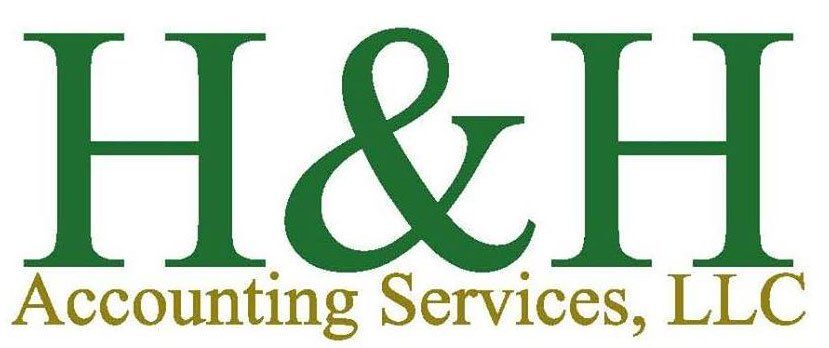How to Ensure Accurate Financial Forecasting for Making Appropriate Budget Adjustments

Every business wants to make informed budgeting decisions based on reliable data. While some businesses may be fortunate enough to have steady and predictable revenue and expenses, most are subject to varying sales, labor, material costs and overhead. Forecasting can help inform budgeting decisions and prevent avoidable mistakes that might negatively impact a business’s bottom line.
These decisions are typically only as good as the forecasting data available. As such, developing an accurate prediction of future performance is vital for businesses seeking to make budgeting decisions based on financial forecasting.
Maintaining Accurate Historical Data
Some of the most important data points for developing budgets for upcoming quarters and fiscal years include:
- Sales
- Expenses
- Cash flow
- Profit margins
These metrics are often used to develop a baseline for forecasting.
Market Trends and Customer Insights
Business performance metrics are far from the only variables that influence future demand and sales for products and services. A variety of market trends and customer behavior also play a significant role in developing accurate forecasts.
The performance of a business will be unavoidably impacted by trends within their industry as well as market and economic conditions. Developing a reliable and educated estimate of current conditions and likely future trends will be vital in forecasting upcoming demand for a business’s products and services.
Consumer sentiment may also play a significant role, although its impact will depend on the business. Gathering customer insights may help increase your confidence in consumer sentiment predictions, although how difficult this is to measure will depend on the circumstances and your business model.
An HVAC company in Phoenix can be secure in the knowledge that local homeowners and businesses will need air conditioning repair, replacement and maintenance during the spring and summer months. They can also easily predict a large drop in demand during the fall and winter months. However, the full customer insight picture consists of far more than just weather-based demand.
Customer insights should also account for new competitors, current incentives offered by competitors, new HVAC technologies customers are seeking, the company’s reputation, the effectiveness of marketing efforts in a crowded industry and much more.
The equation is different for every industry. Food service, like a fast food franchise, may experience waxing and waning demand due to variables that are out of their control, while manufacturers might have consistent demand but rely almost entirely on just a few clients. If just one or two of those clients switch to competing vendors, it could jeopardize your entire operation.
Performance metrics like sales and cash flow can be accurately tracked with good bookkeeping. With the right software, those reports can be generated at any time with the click of a button. Ascertaining how the business landscape might change in the next quarter or fiscal year due to consumer behavior can be murkier.
Key Performance Indicators (KPIs)
KPIs can be invaluable shorthand for spotting trends that could potentially inform future performance. Graphing out KPIs can allow businesses to make predictions and budgeting decisions. Interpretation is important when considering KPIs. Businesses can use them to make informed adjustments, but attributing changes to the wrong root causes can be problematic, especially in the context of budgetary decisions.
Risk Management
Understanding upcoming risks or staying informed of industry changes that might contribute to risks is valuable when making budget decisions. Market volatility, regulatory changes or supply chain disruptions are all examples of events that should be factored into forecasts and quarterly or annual budget decisions.
While some of these risks are predictable, accurately identifying them may require investing significant time into studying your industry and market.
For example, no one could have predicted the COVID-19 pandemic would happen, but business decision-makers should have been able to ascertain quickly that supply chains would be disrupted for months. Recognizing that inevitable hurdle quickly and fully understanding how those disruptions would affect their operations would have allowed an informed owner or manager to plan accordingly far enough in advance to lessen the impact.
Natural disasters, material shortages or price fluctuations are all potential events that might have cascading effects that could impact your business – but the only way to make use of that information in advance is possessing the tracking capabilities, data and wherewithal to recognize the signs.
Phoenix Businesses Looking for Reliable Forecasting and Expert Consultant Guidance Can Rely on H&H Accounting Services
If you’re looking for help with bookkeeping, forecasting or consulting on everything from cash flow management to risk management, the team at H&H Accounting Services is here to help. Our CPA and accounting professionals provide comprehensive accounting and consulting services to local businesses at competitive rates. Call us at (480) 561-5805 for a free one-hour consultation.



